Segway is using robots to fight crime 🤖👮😮.
Category: transportation – Page 512

Novel membrane advances low-cost, grid-scale energy storage
Oak Ridge National Laboratory scientists have developed a crucial component for a new kind of low-cost stationary battery system utilizing common materials and designed for grid-scale electricity storage.
Large, economical electricity storage systems can benefit the nation’s grid in numerous ways: balancing loads between peak and off-peak demand times; supplying energy during outages; storing electricity from fluctuating sources like wind and solar power; and accommodating extreme fast charging of electric vehicles.
The grid chiefly relies on hydropower facilities for energy storage, although stationary systems using lithium-ion batteries are increasing. However, lithium is expensive and mostly sourced from countries outside the United States.
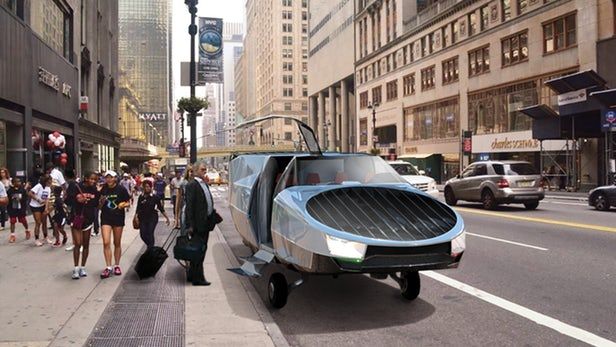
CityHawk eVTOL flying car entering “full-scale development”
Israel’s Urban Aeronautics (UA) has announced it’s going into full-scale development of its CityHawk VTOL flying car. The first manned flights of this hybrid-powered, 170 mph six-seater will take place in 2021–22, after which it’ll be converted to run on hydrogen fuel cells.
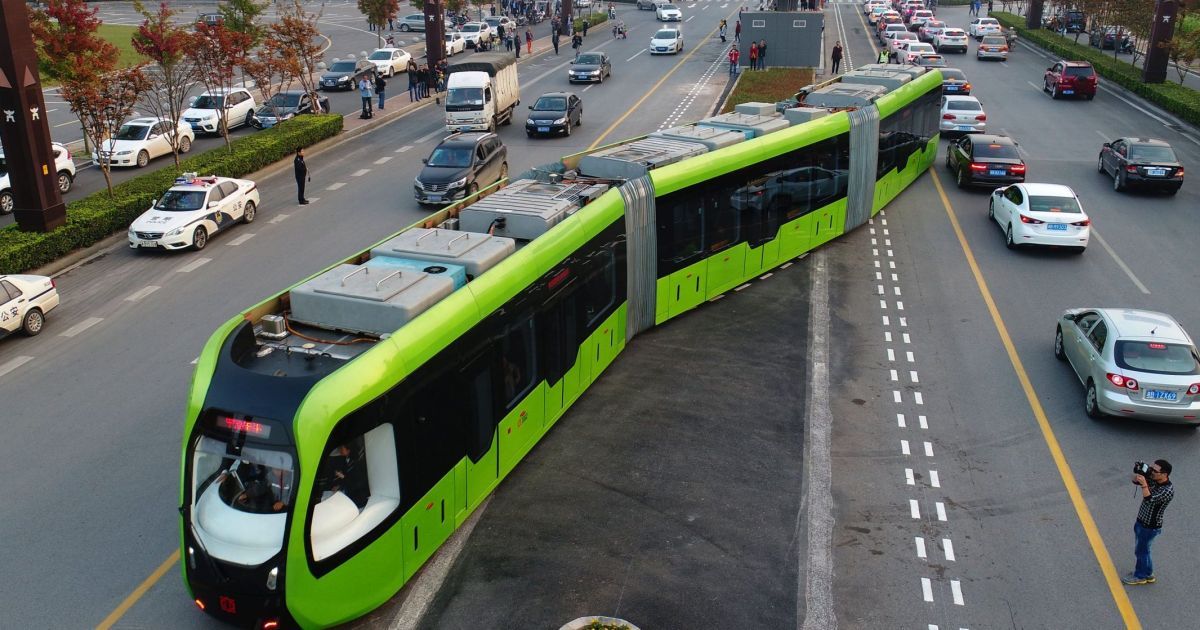
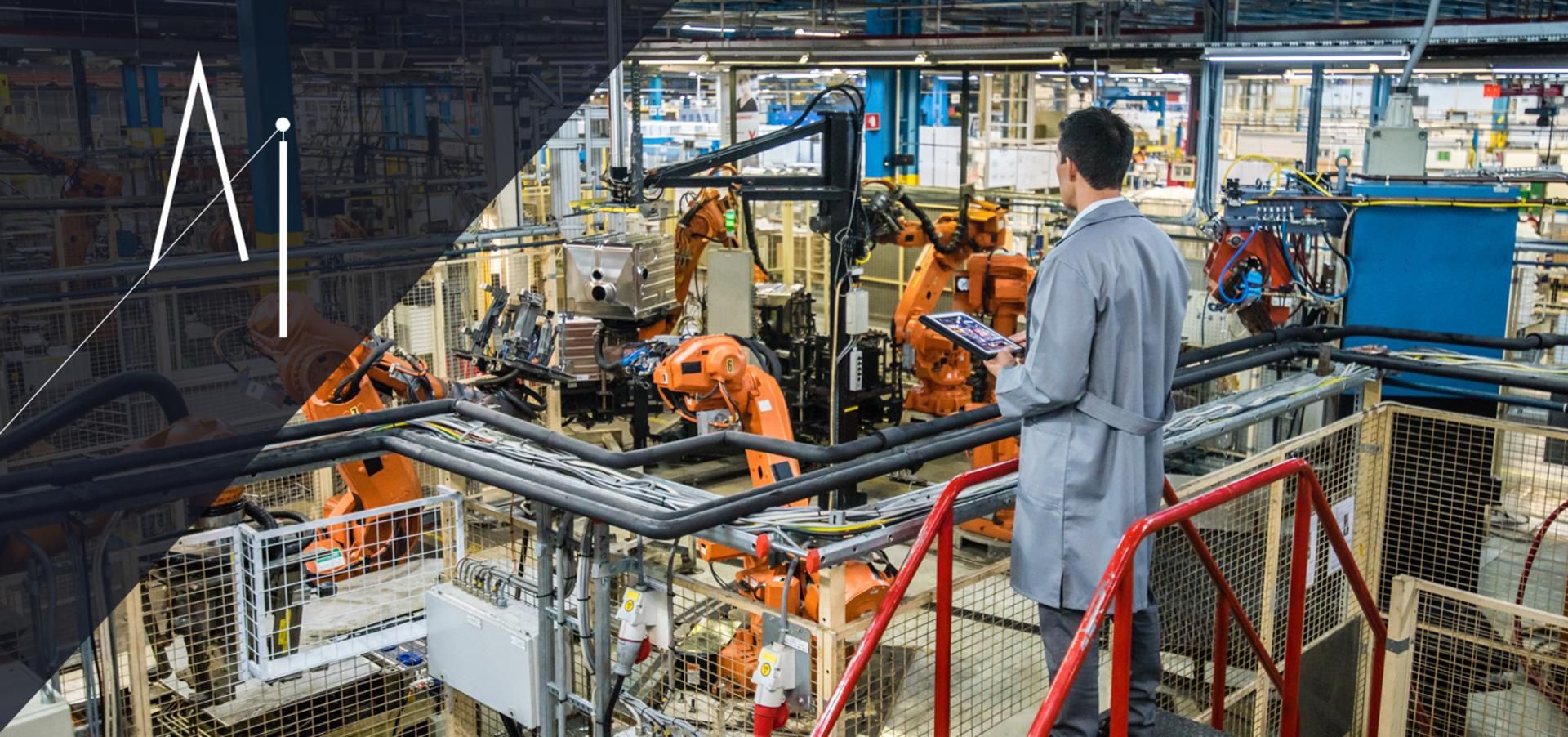
What Are The New Jobs In A Human + Machine World?
Interesting article on the limited future of human paid employment for AI, some thoughts.
By Paul R. Daugherty and H. James Wilson
Superman versus Batman. Captain America versus Iron Man. Zuckerberg versus Musk?
The reported clash between the two technology titans is proof that not everyone sees the benefits and dangers of artificial intelligence in the same light. Yet from Facebook’s algorithms to Tesla’s self-driving cars, it’s clear that AI isn’t science fiction any longer—and that we’re already at the cusp of a new era, with AI poised to deliver transformational change in business and society.

WARR Hyperloop pod hits 284 mph to win SpaceX competition
It was a hyperloop hat trick by a team of German engineering students at the third annual SpaceX pod competition on Sunday. WARR Hyperloop from the Technical University of Munich took home the top prize — and set a new record — with their self-propelled pod reaching a top speed of 284 mph (457 km/h).
WARR Hyperloop was one of three finalists to participate in the competition. The teams were tasked with developing a pod to travel down the 1.2-kilometer (0.75-mile) tube, as part of SpaceX CEO Elon Musk’s vision for a futuristic, high-speed transportation system. The pod that reached the maximum speed would be crowned the winner. The only other requirement was that all pods be self-propelled. In addition to WARR, the other qualifying teams were Delft University from the Netherlands and EPF Loop from Switzerland.
Engine test anomaly deals setback to Boeing’s plans for Starliner space taxi
Boeing confirms that it experienced an anomaly last month during tests of the engines that would be used on its CST-100 Starliner space taxi in the event of a launch emergency.
The anomaly resulted in an unwanted leak of propellant, and although no hardware was destroyed, the issue is likely to contribute to further delays for NASA’s plan to fly astronauts to and from the International Space Station on the Starliner.
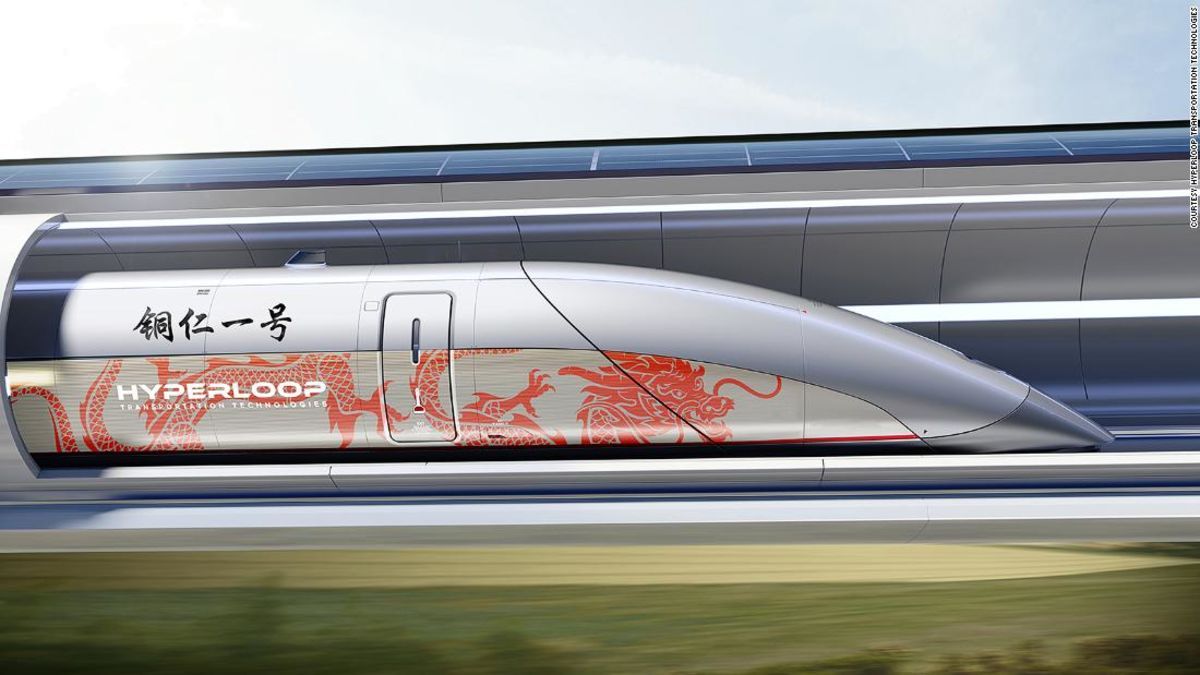

Transition To Autonomous Cars Will Take Longer Than You Think, Waymo CEO Tells Governors
The big roll out Was going to be 2022, now looking like maybe 2027. There has been some shady stuff happening in the background in the USA to hold up self driving cars. It seems the people who were set to lose a lot of money on the changeover have found ways to hold it up.
Despite the rapid accumulation of testing miles, Krafcik warned the governors not to end all of their infrastructure investments just yet. Responding to a question about the need for new parking facilities, he responded that there will be a very long period of overlap between personally owned human driven vehicles and shared automated vehicles from Waymo and others. He suggested that it might be possible to slow down on some massive parking structures but was non-committal on timelines.
With Waymo planning to launch its commercial service by the end of 2018, GM coming in 2019 and others including Zoox, Daimler and Voyage in the next 2–3 years, there will be shared automated vehicles on the road. However, these will be limited to locations where they are demonstrated to function reliably and there is a market for ride-hailing despite the optimistic projections of some investors and developers. Widespread adoption in the millions of vehicles globally is unlikely before the latter half of the 2020s.
Krafcik was equally non-committal to Sandoval’s query about when he might be able to purchase his own car with Waymo technology. While Waymo and Fiat Chrysler are in talks about utilizing this virtual driver system on cars for retail sale, Krafcik said it’s going to be some time yet. The emphasis for now is the ride-hailing service, trucking and logistics and working with transit authorities. Supplying systems for personal use cars is last on the timeline.
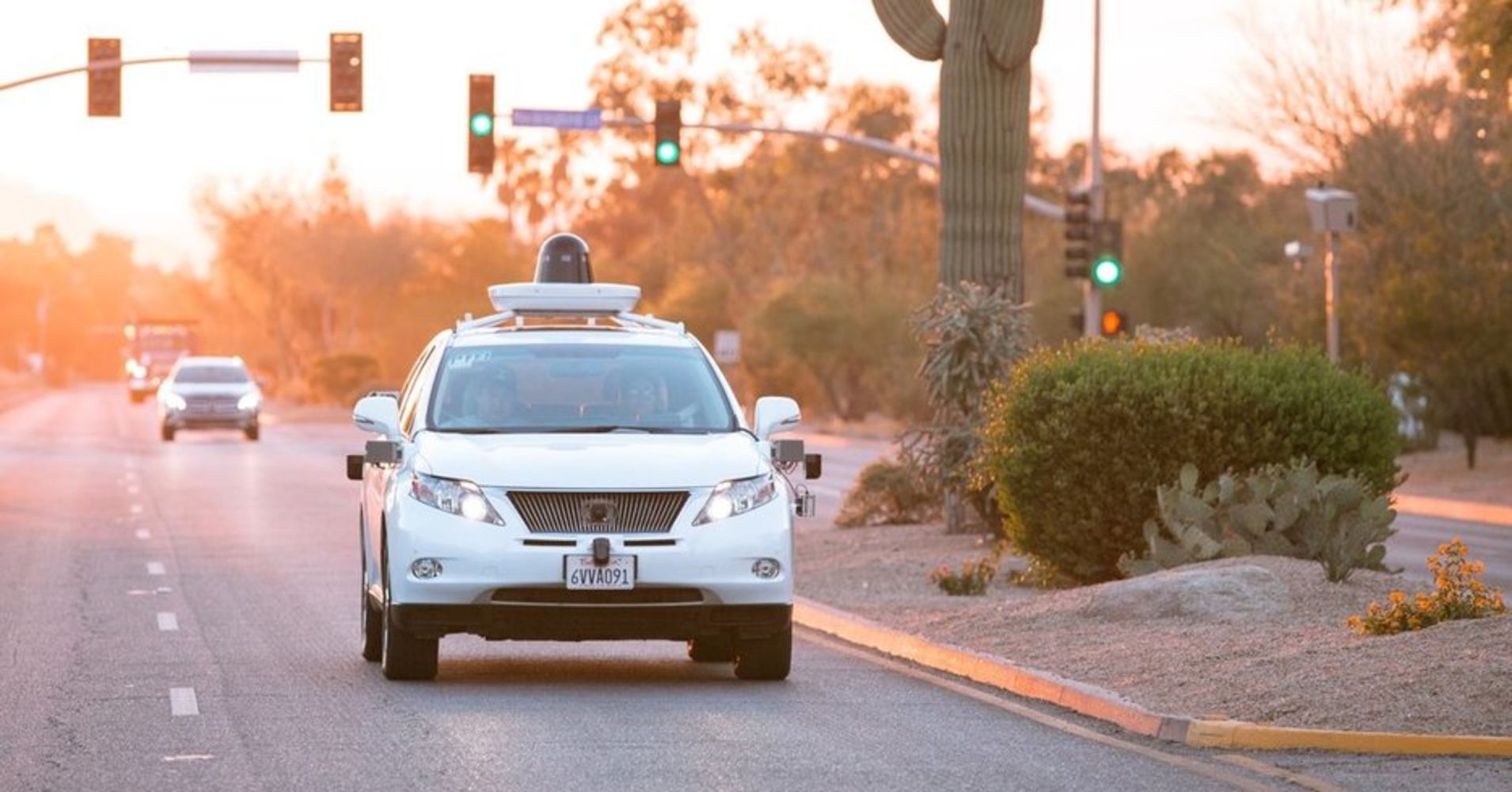
Waymo’s self-driving cars log 1 million miles on public roads in a month
The company’s autonomous vehicles just drove 8 million miles on public roads. What’s more, it took the company just one month to go from 7 million miles to 8 million miles driven.
“We’re driving now at the rate of 25,000 miles every day on public roads,” CEO John Krafcik said Friday while addressing the National Governors Association.
Waymo’s acceleration in logging miles with self-driving cars has picked up in the last year. In November 2017, it crossed 4 million miles. Less than a year later it’s doubled that figure.